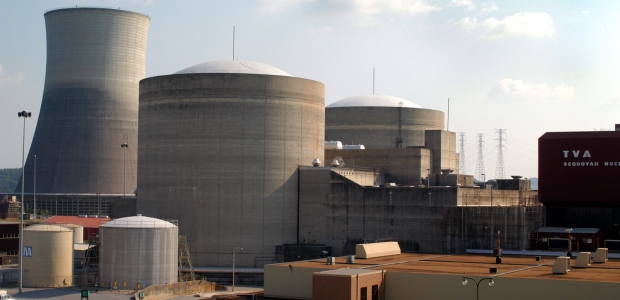
NRC Sets Public Meeting on Sequoyah Plant's Flood Readiness
Both NRC and IAEA have been highlighting disaster preparedness by nuclear power plants in the wake of the Fukushima Daiichi disaster in March 2011.
Nuclear power plants' resilience against earthquakes, floods, and other natural disasters has been a hot issue since a devastating tsunami struck TEPCO's Fukushima Daiichi power plant in March 2011. Disaster preparedness continues to occupy IAEA and the U.S. Nuclear Regulatory Commission, which issued violations related to flood standards at two Tennessee Valley Authority plants last June following NRC inspections.
According to the NRC, the Tennessee Valley Authority -- a leading utility with $10.8 billion in revenues and more than 12,000 employees, according to information posted on its website -- violated current safety standards in the way it prepared its flood assessment for the Sequoyah plant and the Watts Bar plant.
Now, NRC has scheduled a public meeting for Feb. 4 in the Sequoyah Training Center Auditorium in Soddy Daisy, Tenn., to discuss the results of its investigations. NRC staffers will discuss corrective actions TVA has taken and plans to take "to prepare for the unlikely failure of upstream dams," according to the commission's announcement. No flooding event that would have affected the plant's operations has occurred, it states.
Outside experts from the Electric Power Research Institute, U.S. Army Corps of Engineers, NOAA, the Pacific Northwest National Laboratory, and the Union of Concerned Scientists briefed the NRC commissioners at a Jan. 6, 2014, public meeting about nuclear facilities' readiness for flooding and other extreme weather events. IAEA is holding a five-day meeting in Vienna, Austria, this week to discuss the current activities and future plans of its International Seismic Safety Centre, which was created in 2008, as well as on best practices and necessary support in member states to protect nuclear installations against extreme external events.